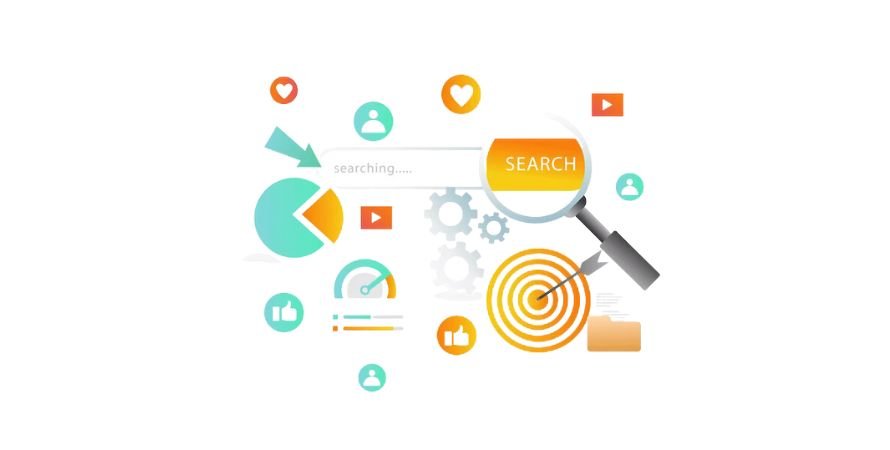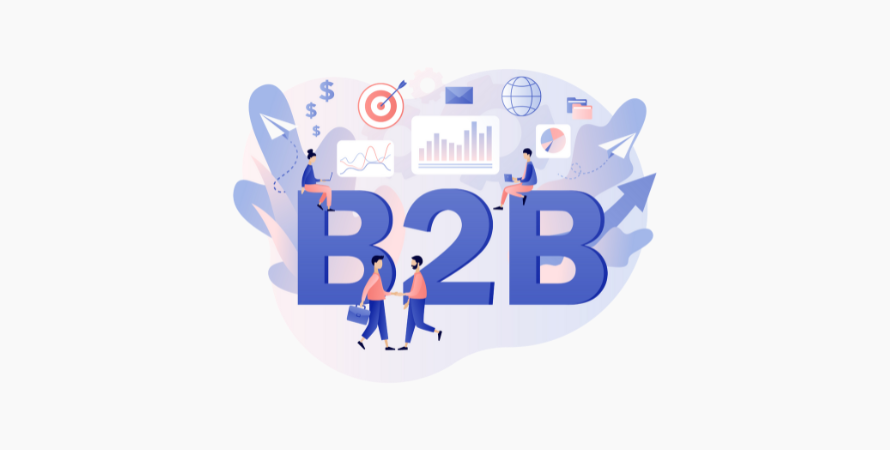Recently, there has been an increase in the creation of mobile applications. Applications that operate on mobile devices are directly referred to in the subsection of software or mobile app development. These mobile apps are created for several operating systems, including iOS and Android. As compared to mobile web browsing, apps offer a better user experience since they make use of the built-in functionality of smartphones.
More than 78% of people worldwide are smartphone owners and according to research on the same, 97% of Americans use some kind of cell phone, and 85% of Americans use smartphones.
These apps can be divided into many different areas, such as games, music, calendars, communication, and more. You might be already familiar with some of the most well-known apps in the world, such as WhatsApp, Spotify, HeadSpace, Facebook, & Instagram and being a Custom App development Company, WOWIT Digital Agency has developed plenty of custom apps for many of our clients. In short, we know what the mobile app development process is and we have made step by step guide to explain the whole process.

Mobile App Development Process
1. Creating Strategies
In the first step of strategies, you have to define some specific objectives like the vision of your app, your audience, and why you need the app. These are some important aspects to figure out before app development. These important aspects are:
- App Objective
What made you decide to create a mobile app? Is it really necessary in your company? What are the requirements of your business or target audience? Is your idea appropriate or a perfect fit? Do you have sufficient funding to advertise it? - Your Targeted Audience
What is the targeted audience of your business and are these users’ potential to make your business? - App features and usability
Which characteristics are significant? What draws users to your app in particular? What makes your app appealing to your audience? How will you distinguish it? - Competiton analysis
How will you compete in the market? Do other competitors have the same app? Are they really creating value for the targeted audience? - App Investment
Every app development needs investment, effort, time, and strategies. Well, WOWIT is an App Development agency that will help you with mobile app development. - App Marketing
You have to specify the strategy, like how you will promote your app for the first 500-1000 users.
2. Market Analysis
As soon as you have envisioned your app idea, you should go into the Marketing Analysis phase. The planning stage should try to address a number of high-level questions concerning the viability of your idea in the present market environment rather than simply selecting how your app will look or be programmed.
Researching the market and doing a feasibility study are typically included in planning. It is necessary to provide answers to questions like “Are there other applications that do what mine will accomplish?” “Is there a need for my app?,” and “What is the value proposition of my app?” Before investing a significant amount of money in developing and promoting your app, it is crucial to know whether there is a market niche for your app idea. the step process for researching the market analysis.
- It assists in maintaining a greater understanding of your clients.
- Learn everything you can about your rivals.
- Aids in carefully evaluating your goods before launch
- Assists in defining the best way to contact the target audience
- Determine the commercial opportunities
- Find out what features are available and what the people want.
3. UI/UX
Another essential step in the process is the creation of the mobile application. Consider the design and feel of your app now. Start making some sketches and wireframes to see how the app will operate. The user experience ought to be the primary concern. You must make sure the user interface is clean and simple to use.
Here is the app design process.
- UX/UI Design App
The main goal of UI/UX design is to provide users with a seamless experience that looks professional and sharp. A mobile app’s usability is a primary consideration while building one. The attractive user interface (UI) serves to draw customers and give them an intuitive experience. That will assist you in turning your prospects into paying clients as well. - Workflow Design
The first step is to put time into creating a suitable workflow. The design is also influenced by the data that will be collected from users, how those users interact with the program, and the data itself. Additionally, different responsibilities and privileges were taken into consideration when designing the architecture of the mobile app for enterprise mobile solutions. - Wireframe Design
The wireframe design process begins with a paper drawing of the mobile app’s concept. Designers then create digital sketches by pasting the designs into programs like Adobe XD. Another name for it is a low-fidelity design. Giving your app’s functionalities a polished framework is the goal of low-fidelity design. - Style Guides
The standards by which the application will be created are contained in a style guide. The rules will cover the design standards for apps, branding principles, and even navigational symbols.
4. Develop your App
The actual development of the app is now necessary. This covers all of the front-end development, APIs, and back-end technology. Development Technology you need to know that you must do is as follows:
- Front-end App Development
The front end must have an interactive UI designed for it. Local data storage is required even in many situations where the program has to operate offline. It is advised to create a dynamic and captivating front-end for the mobile app in order to make it useable for everyone. An app won’t be interactive and usable in the long run until the front end and back end are well balanced. - Defining Backend Development
The experience of a front-end app is improved via back-end development. Database and server-side objects are included in the backend of mobile apps to support their functions. - API Integration
Specify and ensure that a custom API development and integration process works successfully for a certain system. Applications, data, and devices can all be integrated using an API.
5. QA Testing
It is essential to continue testing an app when you decide to make one. It aids in keeping costs down while producing excellent software. The cost of resolving the fault increases further along in the mobile app development cycle you are. No matter the type of mobile app, our QA team always runs the required test cases to make sure the app functions correctly. Examine the distinction between functional and non-functional testing used in the creation of mobile apps.
Functional Test
This sort of testing compares the app to the client’s functional specifications and requirements. It tests the user interface by giving the right input and anticipating the right output. In other words, the business has thoroughly tested all of the users’ needs.
Non-Functional Test
It focuses on the high caliber of app software, particularly the non-functional elements like response speed, security, scalability, usability, and performance. It includes all the tests that functional testing does not include.
Let’s examine the differences to get a clearer understanding of how QA testing contributes to the development of mobile apps and helps to identify their stages.
| Functional Test | Non-Functional Test |
| This mobile application testing, which validates the app against the functional requirements, is carried out with the functional specification provided by the client. | This testing examines the app’s scalability, performance reliability, and other non-functional elements. |
| This test is carried out first when creating mobile apps. | Performing this test comes after functional testing. |
| Functional testing for mobile apps involves both manual testing and automated tools. | For this testing, tools work better. |
| This is easy for manual testing. | This testing is tough for manual testing. |
| Examples of Functional TestingUnit testingSmoke testingSanity testingIntegration testingWhite-box testingBlack Box testingUser-acceptance testingRegression testing | Examples of Non-Functional TestingLoad testingVolume testingStress testingSecurity testingInstallation testingPenetration testingCompatibility testingMigration testing |
6. Launch your App
The App Store and Google Play Store have strict guidelines for publishing apps, but we do have some knowledge in this area and can assist our customers with publishing their apps. WOWIT Digital Agency can help you launch your app as we have done it for several people.
Before Launching an app on the play store several things to keep in mind. That is-
- Your app’s title
- Description
- Short Description
- Category
- Keywords
- Launch icon
- App Store screenshots
- Promotional videos
- Graphic banner
A few days to several weeks are required for the iOS app to be reviewed once you submit it to the IOS App Store. The effectiveness of your app and how closely it adheres to iOS development standards will determine this. In addition, ensure that the testing of mobile applications is done correctly.
7. Deployment & Support
Following the app’s release, user input will come in, and you’ll need to improve it as part of future app updates. This is the final stage of developing a mobile app because every app will require new features and technological advancements. The development cycle usually restarts as soon as the initial version of the app is made available.
Conclusion
The success of your mobile development initiative will depend upon user interaction. Make sure for development you use authentic agency services, so WOWIT is the best digital mobile development services company.


